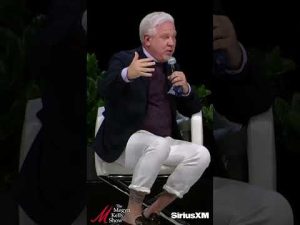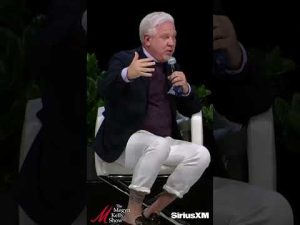**America’s Nuclear Return: A Power Play by Trump**
In a dramatic turn of events, America has decided to revive nuclear testing after a lengthy hiatus of 33 years. Donald Trump, in a bold move, has ordered the U.S. military to kick the nuclear testing machine back into gear. This decision comes in the wake of escalating weapons programs among global powers, and it’s aimed at asserting American dominance rather than playing a game of catch-up. The world is now watching closely as Trump prepares to flex the nation’s nuclear muscles, and the timing could not be more strategic.
On a typical bustling morning, twelve B-52 bombers took to the skies, each one capable of delivering a nuclear punch, with a grace that would make any air show proud. The sight of these legendary aircraft roaring into action sent a clear message: America is still the heavyweight in the global arena. While rival nations like Russia and China have been posturing with their own military advancements, Trump decided it was time for the U.S. to remind everyone of its firepower. This operation wasn’t just a routine drill; it was a calculated show of strength right before a pivotal meeting with China’s leader, Xi Jinping.
After nearly three decades of self-imposed nuclear silence, the decision to resume testing has left many analysts pondering its implications. Is this a proactive approach to intimidate or a necessary measure to keep pace with adversaries? The timing raises eyebrows, and some see it as a tactical move to ensure that when Trump sits down with Xi, the message is clear: America will not be intimidated or sidelined. The posturing comes as the U.S. faces threats from countries that are actively advancing their own nuclear capabilities, making this return to testing an essential part of maintaining a robust national security strategy.
Critics often cite the high costs of maintaining a nuclear arsenal, suggesting that America pours money into weapons that have not been used in conflict for decades. However, supporters argue that the very existence of these weapons acts as a powerful deterrent. History backs this up; the last century has seen a decrease in major conflicts precisely because nuclear forces kept adversaries in check. Trump’s stance reflects a belief that strength is essential for preserving peace, especially in an era where military advancements can tilt the balance of power at any moment.
While the naysayers might fret over the implications of nuclear testing, those in favor point out that the resumption is part of a broader strategy to modernize and enhance the nation’s defense capabilities. With recent developments in Russian and Chinese military technology, maintaining an edge is not just prudent but necessary. America’s readiness and ability to adapt to changing threats send a strong message to the world: provocations will be met with preparedness.
As the dust settles from this bold announcement, the world will be watching both the outcomes of the nuclear tests and the results of Trump’s talks with Xi. Will the resumption of testing reinstate America as the leading global power, or will it further escalate tensions? One thing is certain: America is reclaiming its role on the world stage with a formidable declaration of strength, and it seems the only thing left for others is to take notice.







